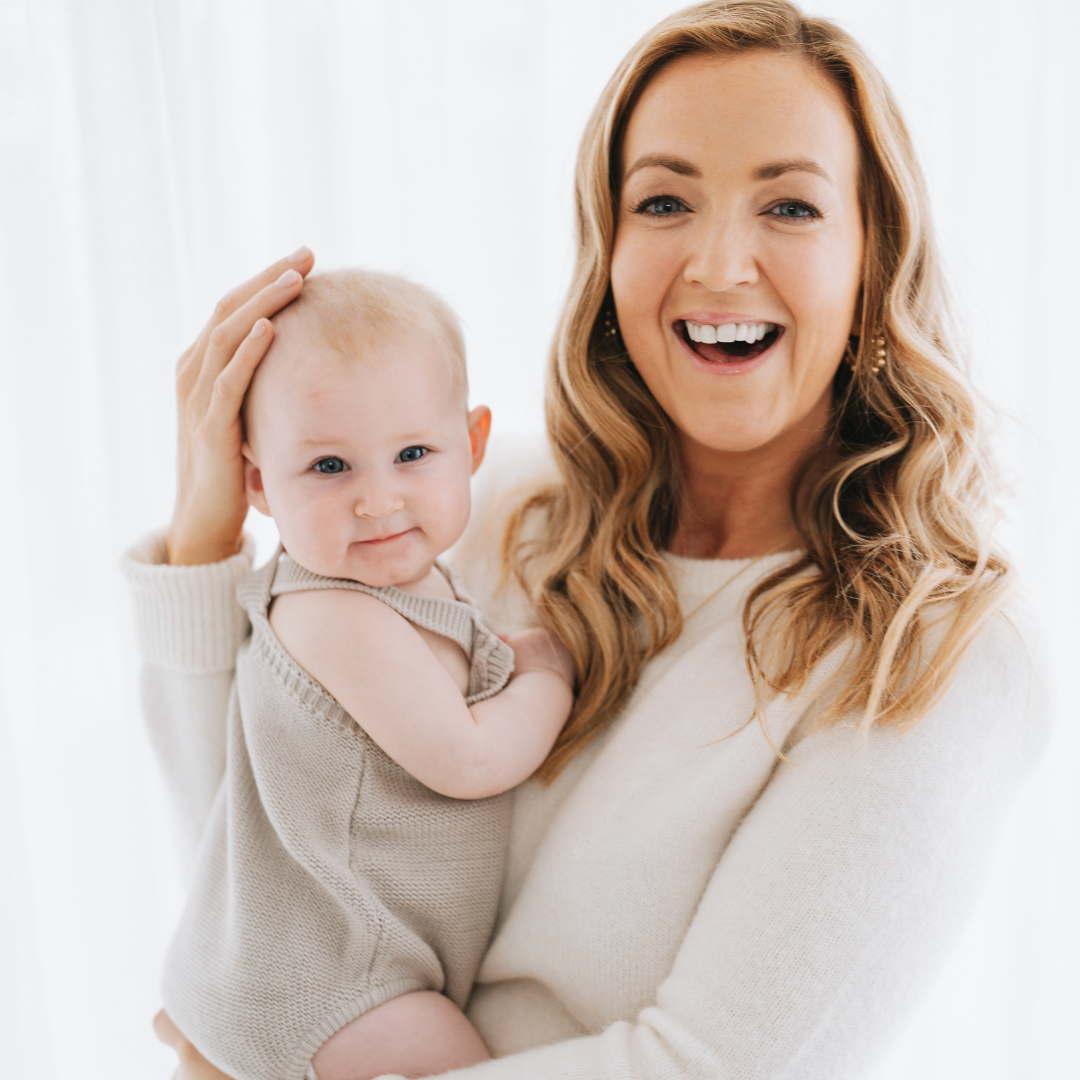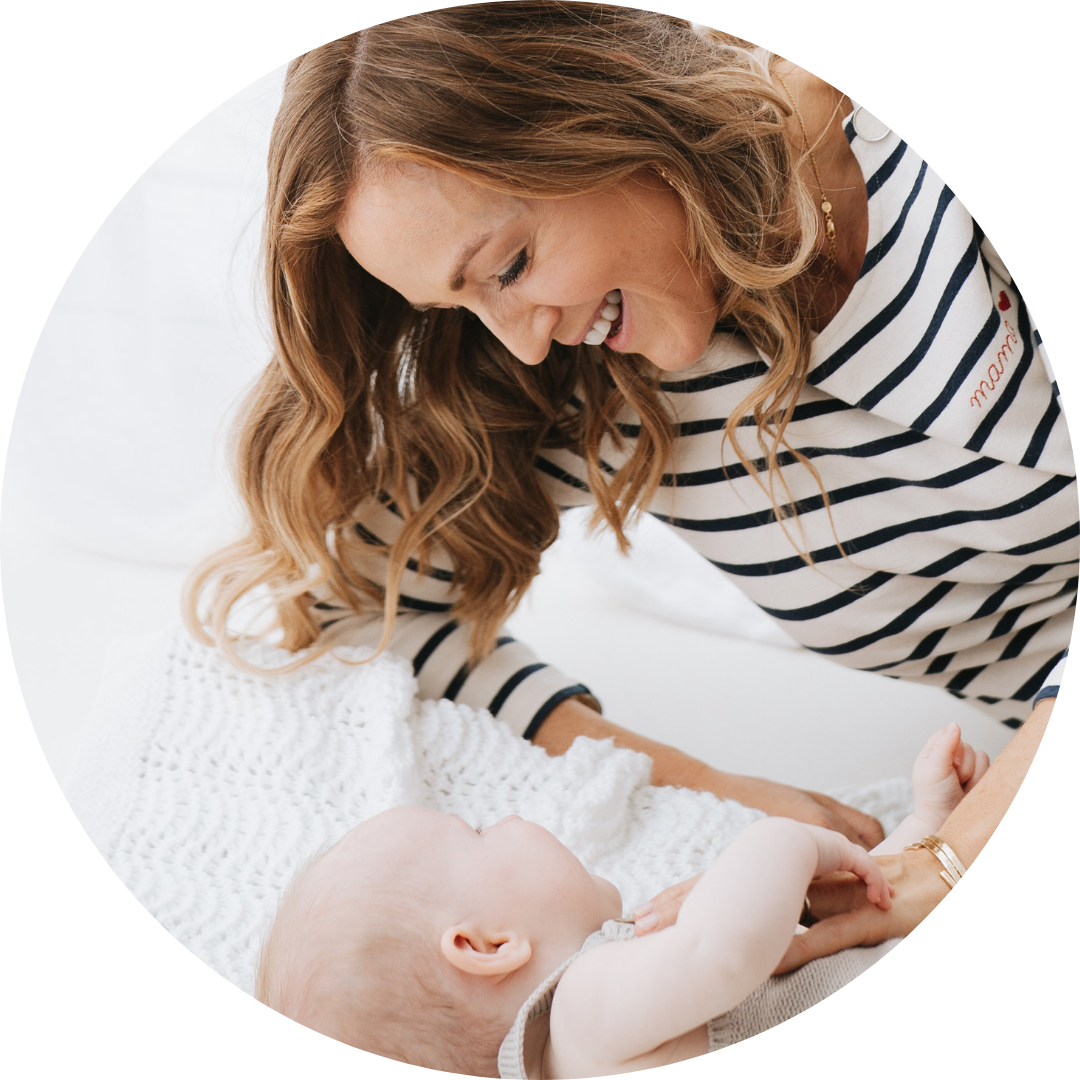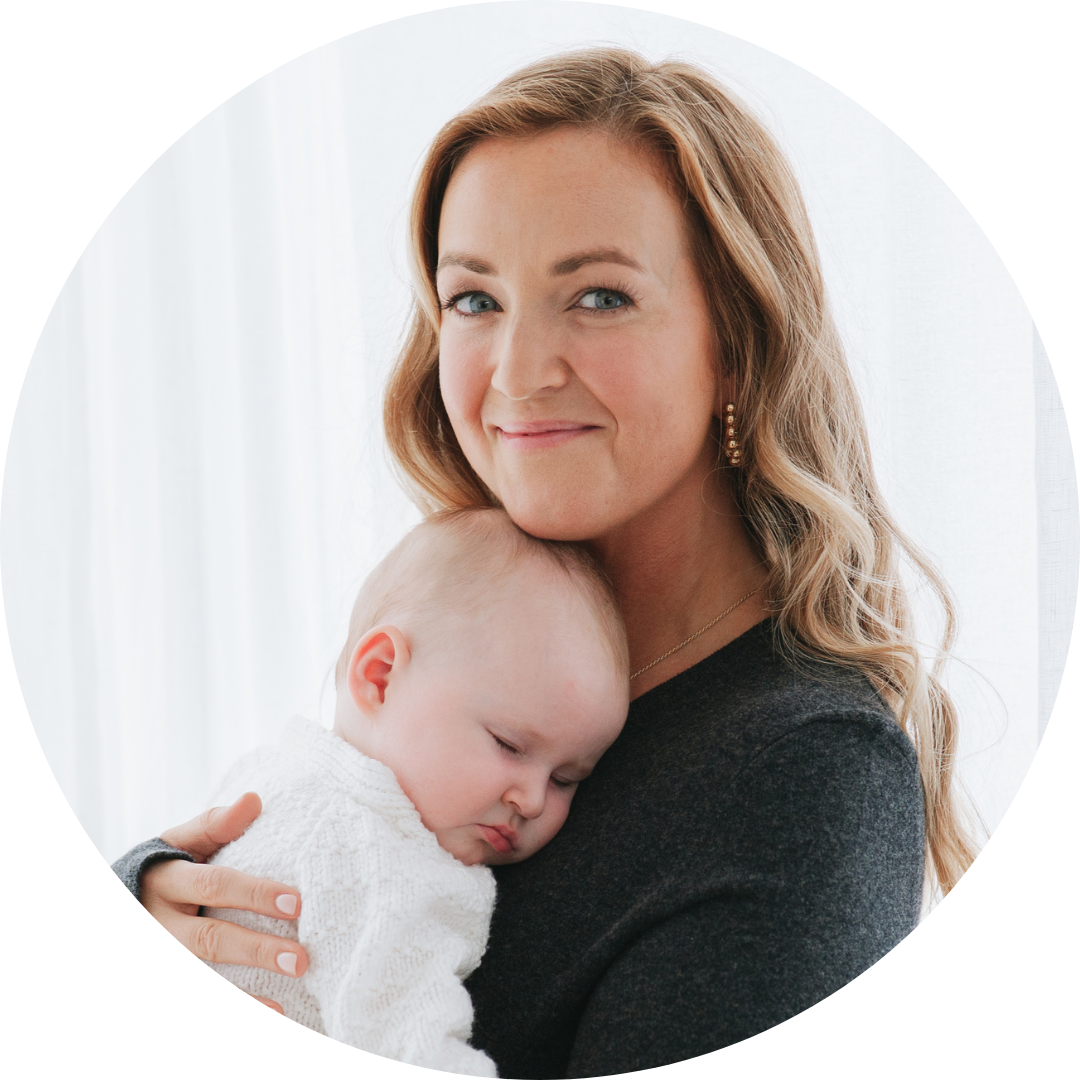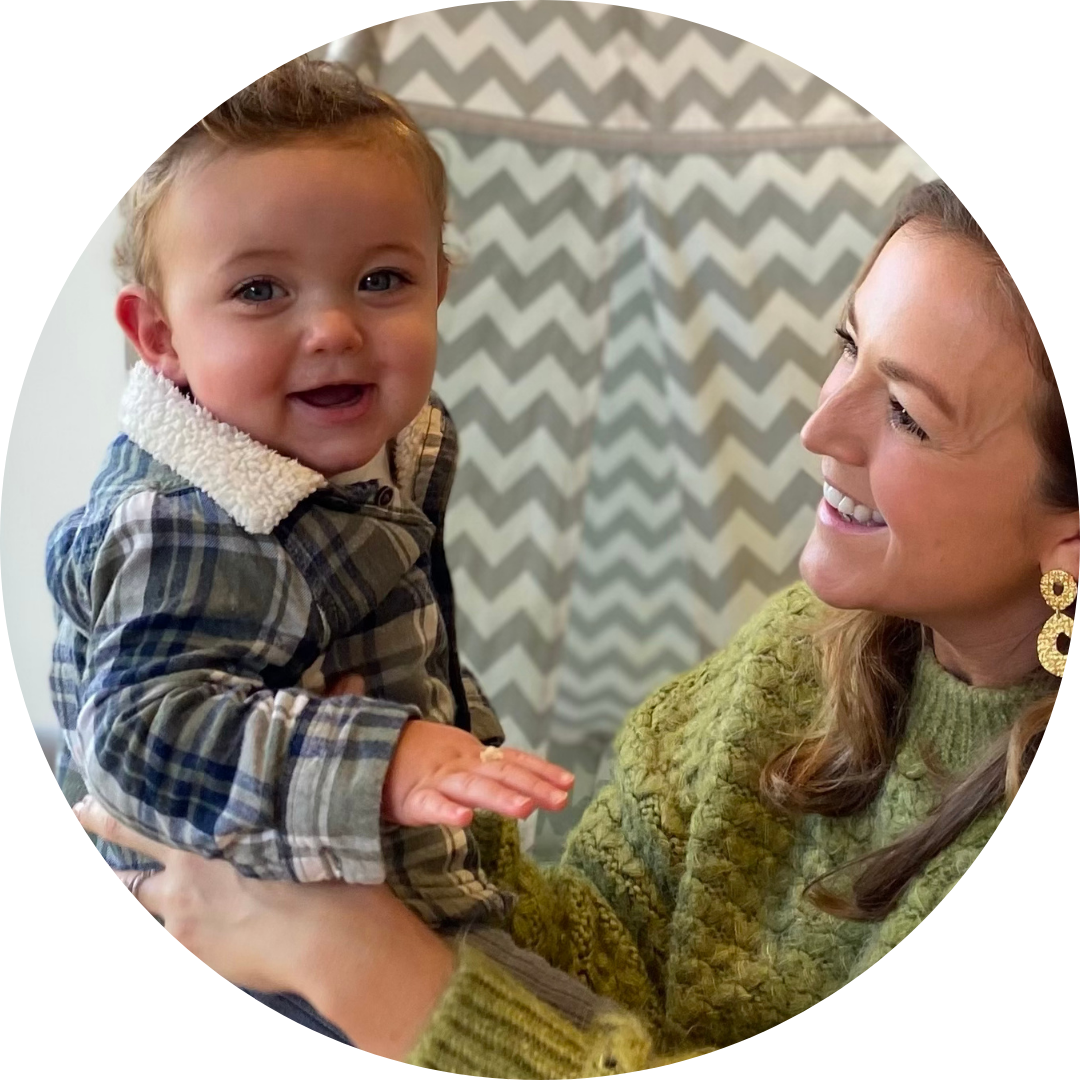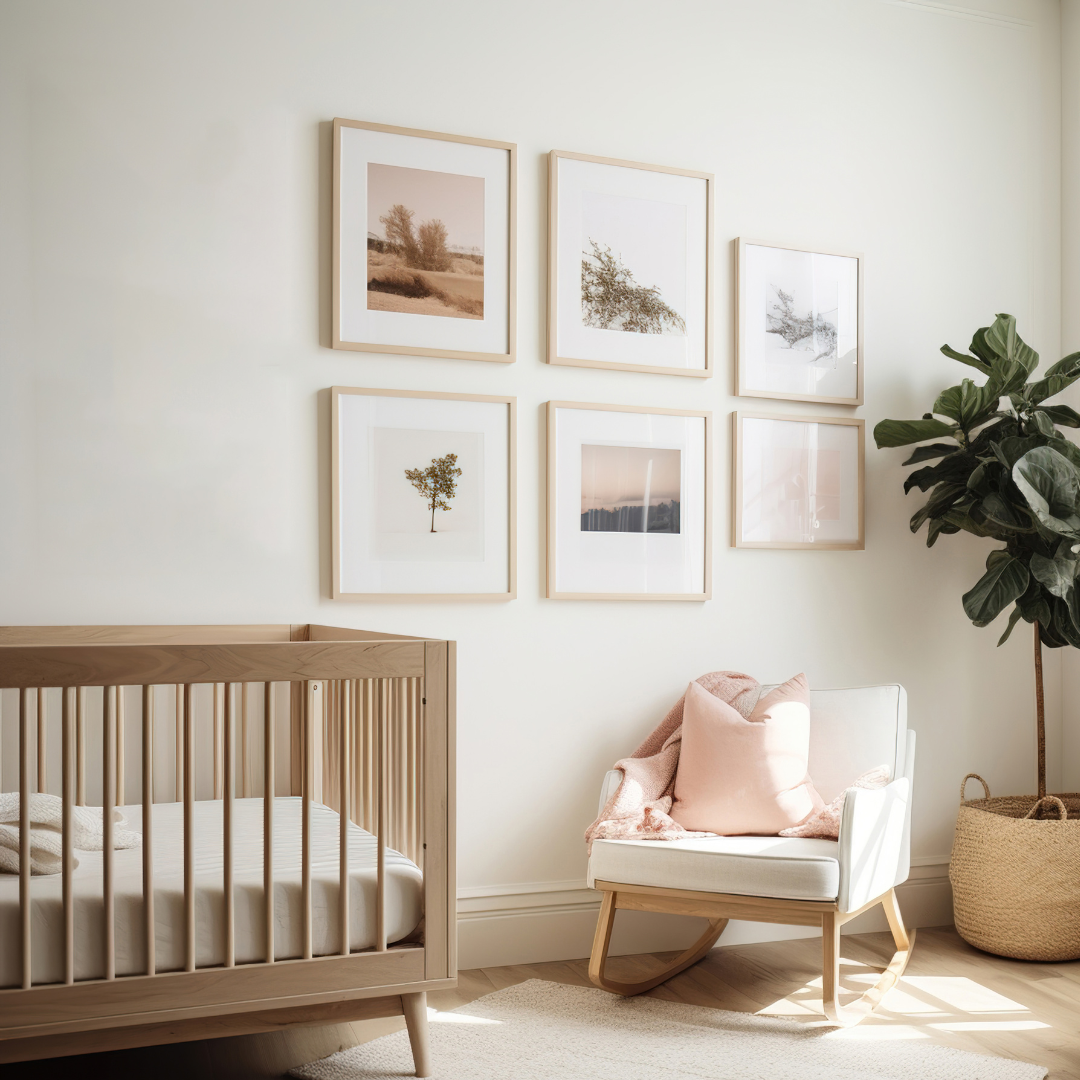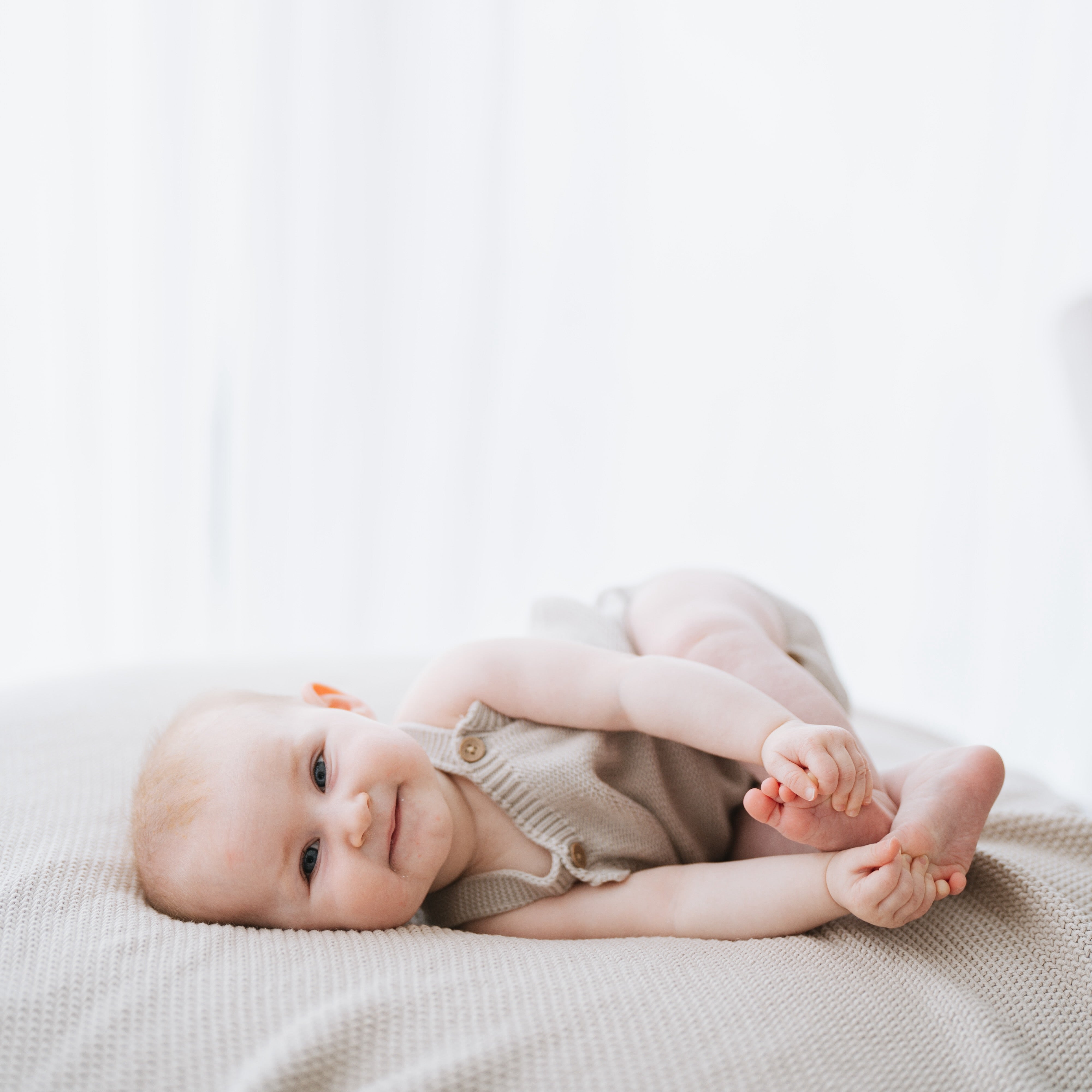When it comes to helping your baby sleep better, many parents immediately think about sleep training methods or self-settling techniques. However, at The Sleep Chief, we always start with something more fundamental: the sleep environment. Before diving into structured sleep training, taking the time to optimize where your baby sleeps can make a tremendous difference—often with much less stress and effort.
Creating an ideal sleep environment is about addressing the physical factors that influence sleep quality. In many cases, simply adjusting one or two elements can lead to dramatic improvements in your baby's sleep patterns. Let's explore the five essential components of an optimal sleep environment for your little one along with our favourite baby sleep products, all of which you can shop on The Sleep Chief’s Amazon Storefront.
1) Darkness: The most critical factor
Light plays a fundamental role in regulating our circadian rhythm—the internal body clock that signals when to be alert and when to rest. This is true for babies, too, perhaps even more so as their sleep patterns are still developing.
Melatonin, often called the "sleepy hormone," is naturally produced by the body and is aided by darkness. For optimal sleep, your baby's room should be as dark as possible—think pitch black. This is particularly important during summer months when daylight extends into late evening and begins very early in the morning.
Investing in quality blackout blinds or curtains is one of the most worthwhile purchases you can make for your baby's sleep. Many parents are surprised by how much of a difference true darkness makes, especially for early morning wake-ups and daytime naps.
Recommended Products:
• Travel blackout blind
• Cut-to-size Velcro blinds
2) Room temperature: Finding the sweet spot
The ideal temperature for your baby's sleep environment falls between 16-20 degrees Celsius (61-68 degrees Fahrenheit). This range provides optimal comfort without being too warm or too cold, both of which can disrupt sleep.
Monitoring the temperature is easily done with a room thermometer or by checking the temperature gauge on your baby monitor if it has this feature. Based on the room temperature, you can adjust your baby's clothing layers and select the appropriate tog rating for their sleeping bag.
If you use the Gro egg thermometer, be sure to hide it at night as it emits too much light, which can interfere with sleep quality.
Recommended Products:
• No light room thermometer
3) Sleeping bag: Temperature regulation through the night
Beyond controlling room temperature, using an appropriate sleeping bag for all sleep (naps and at night) is your best tool for keeping your baby's temperature regulated throughout the night. This becomes especially important as babies become more mobile, kicking off blankets and moving around in their sleep. Wearing a sleeping bag for all sleep is also a great sleep association and ritual that will help your baby know that its sleep time and understand what’s coming next.
For babies under four months, a swaddle sleeping bag is highly recommended. These products recreate the snug, secure environment that babies are accustomed to from being in the womb. This sense of containment can be very comforting for newborns and often leads to better sleep.
As your baby grows and begins to roll, transitioning to an arms-out sleeping bag will maintain temperature regulation while allowing for safe movement. There are various tog ratings available for different seasons and room temperatures, ensuring your baby stays comfortable year-round.
Recommended Products:
• Sleeping bags for every size
• Love to Dream swaddle sleeping bag
4) White noise: Creating a consistent sound environment
Research suggests that approximately 80% of newborns sleep better with white noise. This isn't surprising when you consider that babies are used to constant sounds in the womb—from blood flow to their mother's heartbeat and digestive system.
White noise, or its variations like pink or brown noise, serves two important purposes. First, it masks external sounds that might startle or wake your baby, such as household noises, older siblings, pets, or street noise. Second, it creates a consistent, soothing sound environment that can help babies settle and stay asleep.
The key to using white noise effectively is consistency. Rather than using a sleep aid toy that automatically turns off after 20 minutes (potentially disrupting your baby's sleep cycle), opt for a white noise machine that can play continuously throughout naps and night time sleep.
Recommended Products:
• Portable white noise machine
5) Night light: Minimal disruption for night time care
While we advocate for a pitch-black sleep environment, practically speaking, parents need some light during the bedtime routine and for night time feedings or diaper changes. The goal is to use lighting that minimally disrupts your baby's sleep hormones.
The blue light emitted by phone screens and many household lights is particularly disruptive to melatonin production. Instead, opt for a soft, dim light with amber or red tones, which have been shown to have less impact on circadian rhythms.
A simple touch nightlight that can be easily turned on and off is ideal. This allows you to see what you're doing during night time parenting tasks without flooding the room with sleep-disrupting light.
Recommended Products:
• Touch on/off moon night light
• LED egg touch night light
The confidence of a well-optimized sleep environment
Once you've addressed these five key elements of your baby's sleep environment, you'll have created a space that is truly conducive to quality sleep. This optimization gives you the confidence of knowing that environmental factors aren't contributing to sleep disruptions.
These environmental adjustments are relatively quick and simple to implement, yet they can dramatically improve your baby's sleep quality. In many cases, parents find that addressing these basics resolves a significant portion of their baby's sleep issues before any formal sleep training is needed.
Building on a strong foundation
Think of your baby's sleep environment as the foundation upon which all other sleep habits are built. If the foundation isn't solid, even the best sleep training techniques may struggle to produce lasting results.
Once you've optimized the sleep environment, you'll be better positioned to address other aspects of sleep, such as establishing a consistent routine, teaching self-settling skills, or navigating sleep regressions. The confidence that comes from knowing you've created an ideal sleep space allows you to approach these challenges with more patience and clarity.
By focusing first on creating an optimal sleep environment, you're setting the stage for better sleep habits that can benefit your entire family, leading to more restful nights and happier days.
Not sure how else to improve your baby’s sleep? Unsure what settling methods you need to use or what their schedule should be? We’ve got you covered in our sleep guides
Need a blueprint to follow?
Our Sleep Guides give you a step-by-step plan to follow to help your little one to become a great sleeper.
